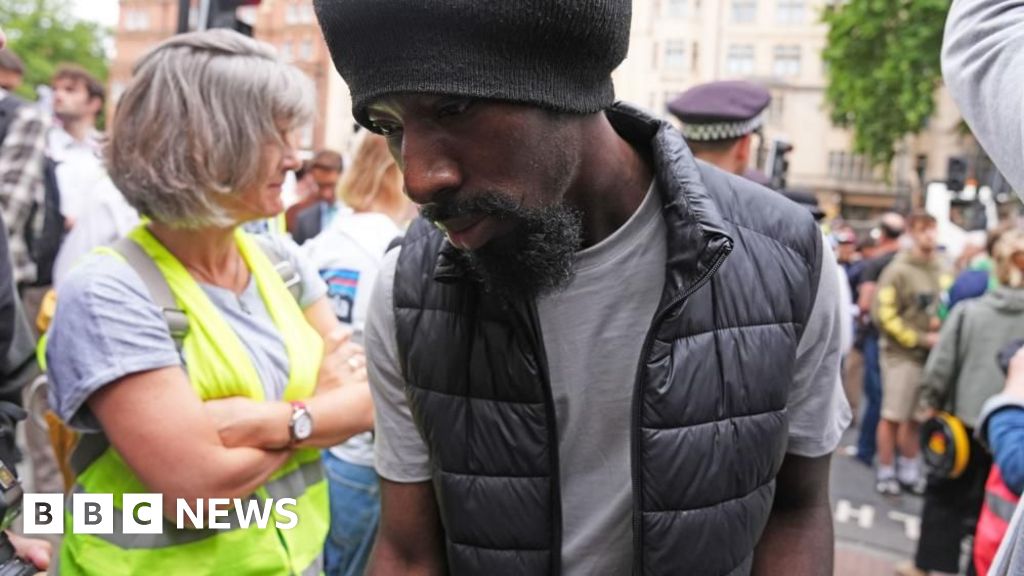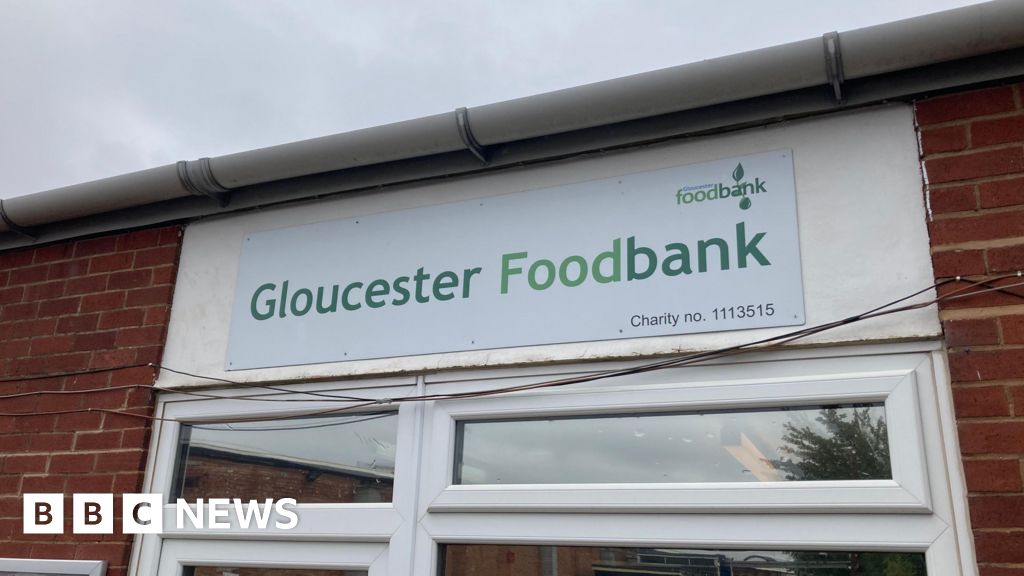On April 22, 2025, the town of Pahalgam was shaken by a terrorist attack, attributed to the Kashmir Resistance group with links to Lashkar-e-Taiba. The attack killed 26 and wounded many, mostly local tourists and pilgrims, reigniting tensions between India and Pakistan. In response, Indian Prime Minister Narendra Modi suspended the Indus Waters Treaty, halted trade, expelled Pakistani diplomats, and closed the Wagah-Attari border. In Islamabad, Pakistani Prime Minister Shehbaz Sharif condemned the attack but denied any involvement, asserting that Pakistan itself was a victim of terrorism. The Pakistani government expelled Indian diplomats, halted visa services, and suspended overflight rights for Indian airlines. This recent flare-up signals a troubling return to instability and both nations once again find themselves on the precipice of conflict.
International relations theory; especially realism, emphasizes an anarchic international system and the constant quest for security predicts that such conflicts between neighboring rivals are almost inevitable without strong deterrence mechanisms. The fresh hostilities, the closure of Pakistani airspace, suspension of the Indus Waters Treaty, and mutual diplomatic expulsions show a classic example of what realists call the security dilemma: as one side attempts to secure itself, the other feels threatened, prompting countermeasures that spiral into greater instability.
Pakistan’s decision to close its airspace to Indian flights is not simply an aviation issue; it is a geopolitical tactic. According to Mackinder’s heartland theory, control over strategic routes (land, air, or sea) equates to strategic advantage. By forcing Indian airlines to reroute, Pakistan aims to economically burden India, symbolically assert control and send a political message to international observers. However, this move also reflects short-termism. While Pakistan inflicts some inconvenience, it simultaneously undermines its own aspirations for international investment and aviation partnerships, a key liberal economic concern under liberal Institutionalism.
When Pakistan’s Foreign Minister termed the Kashmir attackers as “freedom fighters,” (not extremists or not even non-state actors) it revealed deep contradictions in Pakistan’s national narrative. according to constructivism tells us that political realities; like “freedom fighter” vs “terrorist” are socially constructed. Pakistan constructs an internal narrative of heroic resistance, while the international community sees blatant terrorism. This duality enables Pakistan to justify funding, training, and deploying armed groups while seeking plausible deniability.
Additionally, the defense minister, Huaja Af, gave an interview to Sky News. First, he claimed that India staged the whole incident. “The reaction which came from Delhi is not very surprising for us. We could make out that this whole thing is staged to create a crisis in the region,” he said. During the interview, the Sky News reporter also asked the minister about Pakistan’s long history of backing, supporting, training, and funding terrorist organizations. Huaja Af responded candidly: “We have been doing this dirty work for the United States for about three decades for the West, including Britain.” His admission was strikingly frank; something India has been accusing Pakistan of for decades. Is this simply a case of poor diplomacy, or just bad media training?
While economic aid and trade are often seen as tools to encourage peaceful behavior among nations, Pakistan’s consistent misuse of foreign assistance seriously undermines this optimism. Over the decades, billions of dollars that were intended for development and humanitarian purposes have instead been diverted toward sustaining military ambitions and nurturing proxy terror networks. Between 1960 and 2002 alone, Pakistan received an estimated $73 billion in aid; an additional $19 billion was funneled in between 2002 and 2010. In 2025, another $400 million was allocated specifically for F-16 upgrade a controversial move given the country’s military track record.
On the diplomatic front, tensions escalated dramatically when India moved to suspend the Indus Waters Treaty, a long-standing agreement governing the use of shared river systems. Pakistan’s Power Minister issued a fierce warning on April 23, 2025, declaring: “India’s reckless suspension of the Indus Waters Treaty is an act of water warfare (water as a weapon; a cowardly, illegal move. Every drop is ours by right, and we will defend it with full force — legally, politically, and globally.” Simultaneously, concerns about Pakistan’s internal security narrative deepened. Military officials revealed the emergence of a new terror group, described as an offshoot of Lashkar-e-Taiba, a militant organization long known to operate from Pakistani soil. Despite its fresh branding, the group’s training, ideological roots, and logistical networks can be traced back decades, spanning across regional and international borders. This continuity highlights Pakistan’s persistent entanglement with extremist elements a pattern that has severely compromised both regional peace and global trust.
The resurgence of new affiliates linked to Lashkar-e-Taiba (LeT) reflects a persistent pattern in terrorist group behavior that scholars like Martha Crenshaw (1987) have described under the Organizational Survival Theory. According to this theory, terrorist organizations much like political or corporate institutions adapt to pressure by rebranding, splintering, or merging in order to ensure their survival. When global or domestic pressure mounts and existing groups face bans or international sanctions, they often re-emerge under new identities. Yet, as Crenshaw argues, “the structure, ideology, and recruitment mechanisms tend to remain the same beneath the surface” and this is precisely what is being witnessed with the emergence of these new Lashkar-linked groups in Pakistan.
Despite repeated denials from Islamabad, international intelligence networks and counterterrorism analysts point to a troubling consistency: state complicity in harboring and enabling extremist actors. This is not a novel allegation. Byman (2005), in Deadly Connections: States That Sponsor Terrorism, categorizes such relationships as strategic, where weaker states use proxy groups as tools of foreign policy to confront stronger adversaries asymmetrically. Byman explains, “State sponsorship provides plausible deniability and deniability of action, allowing states to maintain international legitimacy while pursuing aggressive regional strategies.” The methods of funding these groups further reinforce the pattern. Terrorist financing has evolved into a sophisticated transnational network. Groups such as Al-Qaeda set a precedent by creating entire corporate ecosystems to channel and obscure money flows. Through front companies such as the Wadi al Aqiq holding company, Al Hijra construction firm, and agricultural companies like Al Themar and Al Mubaraka; Al-Qaeda was able to function as a decentralized financial empire, sustaining operations for years despite surveillance (Gunaratna, 2002).
Another deeply entrenched financial tool is the Hawala system, an ancient method of informal value transfer. As noted by Nikos Passas (2006), Hawala remains “the preferred method of transferring terrorist funds due to its speed, reliability, and lack of paper trail.” Operating outside any formal banking structures, Hawala moves money across borders in complete secrecy leaving authorities with little to no chance of interception or oversight. In more recent years, digital innovation has expanded the scope of terror financing. The Tehrik-i-Taliban Pakistan (TTP), for example, has actively appealed for donations via cryptocurrencies and mobile wallet systems, capitalizing on platforms that lack comprehensive regulation (Zohar, 2015). These methods bypass international monitoring efforts and have become central to the financial resilience of modern extremist networks.
India, in its fight against these global threats, has consistently supported the efforts of the Financial Action Task Force (FATF), the international body tasked with combating money laundering and terror financing. FATF grey-listed Pakistan in 2018, citing “strategic deficiencies in its anti-terror financing regime.” This designation severely impacted Pakistan’s access to international financial markets and loans. However, through diplomatic maneuvering involving countries like China, Turkey, and Malaysia, Pakistan managed to exit the grey list in 2022. Still, many watchdogs remain skeptical of its long-term compliance. Now more than ever, it is imperative for India to renew its efforts on the international stage. Evidence of rebranded militant groups, new terror financing strategies, and state-level complicity must be presented clearly and unequivocally. India must push for greater global transparency, stronger sanctions, and tighter scrutiny into the financial networks that continue to enable terrorism. The narrative must be reframed: this is not merely a regional issue but a global security challenge. As Byman notes, “terrorist groups do not exist in a vacuum — they flourish in the dark corners of failed diplomacy and financial ambiguity.”
Following Pakistan’s repeated violations of ceasefire agreements, India has shifted its military posture from defensive to offensive, conducting major drills across central India. A key turning point was the ‘BALAKOT’ air strikes in February 2019, when Indian Air Force Mirage 2000 jets crossed into Pakistan and bombed Jaish-e-Mohammed terror camps in ‘BALAKOT’. This was in retaliation for a suicide bombing in Pulwama that killed 40 Indian soldiers, an attack directly linked to Pakistani support. Lessons from ‘BALAKOT’ prompted major changes: Better joint planning, Improved intelligence sharing and Greater use of airpower in strategic strikes. Since then, India’s defense budget has surged from $42 billion to $75 billion — an increase of nearly 82%. The Indian Air Force now operates Rafale jets armed with advanced weaponry: Meteor missiles (long-range air-to-air, up to 150 km) and SCALP missiles (air-to-ground, up to 500 km).
Beyond airpower, India has strengthened its military arsenal with Su-30 jets equipped with Astra missiles and BrahMos cruise missiles. Critically, India’s S-400 air defense system is now fully operational, capable of intercepting threats up to 400 km away covering most Pakistani air bases. Infrastructure upgrades have also been significant, with wider border roads, expanded air bases, and upgraded logistical hubs. Domestic weapons manufacturing has risen by 174%. Yet, the biggest change has been in mindset: A clear political will to retaliate and a military strategy focused on precision strikes. Since ‘BALAKOT’, India’s message to Islamabad is that patience is not weakness and India will respond to terrorism on its own terms, at a time of its choosing.
In 2023, a U.S. intelligence assessment revealed that 41 terrorist groups remain active in Pakistan. Despite decades of aid aimed at development and stability, these groups have continued to flourish through donations, extortion, and a sophisticated shadow network of illegal money transfers. This model is not new — it mirrors the organizational financing strategies used by groups like Al-Qaeda, which famously created a web of front companies to fund its operations. Entities such as Wadi al Aqiq (holding company), Al Hijra (construction), and Al Themar and Al Mubaraka (agribusiness) have helped such networks evade financial scrutiny while functioning in plain sight. One of the most enduring methods remains the hawala system — an informal, unregulated method of transferring money that bypasses traditional banking channels. Completely opaque and untraceable, this underground banking network has enabled the cross-border movement of billions in cash with zero regulatory oversight. Now, terror groups such as Tehrik-i-Taliban Pakistan (TTP) have embraced cryptocurrency and mobile wallets, adapting to modern tools to finance violence.
The Financial Action Task Force (FATF), the global watchdog on money laundering and terror financing, grey listed Pakistan for failing to curb terror funding. This grey listing made accessing global loans significantly harder. And yet, with backing from China, Turkey, and other strategic allies, Pakistan managed to exit the grey list raising eyebrows about the FATF’s consistency and the broader international response to terror financing. Scholars such as Dambisa Moyo argue in Dead Aid that unchecked aid does more harm than good, often empowering elites and corrupt regimes while bypassing the needs of the common people. However, this raises a humanitarian dilemma. Critics ask: What about the people of Pakistan? Why should they suffer for the military and political elite’s misdeeds? Yet, there’s little to no evidence that the massive inflow of aid — including $73 billion between 1960 and 2002, another $19 billion between 2002 and 2010, and now millions in military support — has improved the lives of average Pakistanis. Instead, it has sustained a powerful military-industrial complex that arguably thrives on regional instability.
The ongoing disputes between India and Pakistan also have significant regional implications for Sri Lanka, particularly in terms of security, diplomacy, and economics. The escalating tensions between these two nations could directly affect Sri Lanka’s security, especially with the potential for increased military presence and the risk of terrorism or radicalization spilling over from the conflict (Ali, 2019; Hussain, 2020). Diplomatic strains may arise as Sri Lanka is pressured to align with either India or Pakistan, potentially complicating its traditionally non-aligned foreign policy (Rohan, 2018). Economically, Sri Lanka could face disruptions in trade routes, a decline in tourism due to regional instability, and a need to increase defense spending.
Sri Lanka’s strategic location in the Indian Ocean may make it a focal point in any military conflict between India and Pakistan, heightening its vulnerability. Geopolitically, Sri Lanka’s relationship with China, particularly through infrastructure projects like the Hambantota port, could further complicate its position, as China’s ties with Pakistan may intensify tensions with India. In terms of humanitarian concerns, an escalation in India and Pakistan could lead to refugee flows into Sri Lanka, straining resources. The broader regional instability could undermine Sri Lanka’s peace-building efforts and raise concerns about internal security and potential radicalization. Overall, Sri Lanka’s balancing act between maintaining relations with both India and Pakistan, while safeguarding its national interests, becomes increasingly crucial in the face of these regional dynamics.
In examining the response to the attack, particularly India’s suspension of the Indus Waters Treaty and the closure of airspace, we also see elements of Naomi Klein’s disaster capitalism in action. Klein’s suggests that moments of crisis are often exploited by states and elites to further their agendas and consolidate power. The Indian government’s measures to retaliate, including halting trade and expelling diplomats, not only deepen regional tensions but may also serve to justify increased military spending and further entrench political power. India’s increased defense budget, including investments in airpower and advanced weaponry, mirrors the cyclical pattern of profiteering that often follows crises, benefiting the defense industry while exacerbating insecurity for the general population. Similarly, Pakistan’s closure of airspace, though a strategic political maneuver, could be seen as a response to shifting military and economic pressures, further entrenching the military-industrial complex in both countries.
As noted earlier, India’s military response, seen as defensive by some, could be interpreted by Pakistan as an aggressive posture, prompting retaliatory actions. This cycle of provocation and counter provocation underscores the volatility of the India-Pakistan relationship, which, without robust deterrence mechanisms or diplomatic avenues, is prone to continuous escalation. The closure of airspace and the suspension of trade agreements are emblematic of the realist notion that states are constantly navigating a system of competing security interests, where one state’s actions are perceived as a direct threat by another. By addressing these interconnected issues, there is potential for both countries to move away from a destructive cycle of violence and toward a more peaceful and stable future. However, this will require concerted efforts from both national leaderships and the international community to break the patterns of disaster capitalism, state sponsorship of terrorism, and divisive national narratives that have long fueled tensions in the region.
References
Ali, S. (2019). Terrorism and Regional Security: Implications for Sri Lanka. Journal of International Security Studies, 15(2), 123-135.
Byman, D. (2005). Deadly Connections: States that Sponsor Terrorism. Cambridge University Press.
Crenshaw, M. (1987). Theories of Terrorism: Instrumental and Organizational Approaches. In: J. T. D. Donohue, ed., International Security, vol. 12, no. 1, pp. 70–105.
Gunaratna, R. (2002). The Globalization of Terrorism: The Challenge of the 21st Century. World Scientific Publishing.
Hussain, S. (2020). Radicalization and Security Threats in South Asia. South Asian Journal of Politics, 21(1), 56-71.
Mackinder, H. J. (1904). The Geographical Pivot of History. The Geographical Journal, 23(4), pp. 421–437.
Passas, N. (2006). Terrorist Financing and Money Laundering: A New Framework for Analysis. Journal of Money Laundering Control, 9(1), pp. 52–61.
Rohan, A. (2018). Sri Lanka’s Non-Aligned Foreign Policy in the Context of India-Pakistan Tensions. Journal of South Asian International Relations, 16(3), 45-61.
Wendt, A. (1999). Social Theory of International Politics. Cambridge University Press.
Zohar, R. (2015). Cryptocurrency and Terrorism Financing: Emerging Trends and Analysis. Journal of Financial Crime, 22(3), pp. 321–330.
Moyo, D. (2009). Dead Aid: Why Aid is Not Working and How There is a Better Way for Africa. Farrar, Straus and Giroux.
“The Hindu” (2025). Editorial: India’s Response to Terror. The Hindu, 23 April. Available at: https://www.thehindu.com [Accessed 26 April 2025].
“Dawn” (2025). Editorial: The Kashmir Crisis and the Path to Peace. Dawn, 23 April. Available at: https://www.dawn.com [Accessed 26 April 2025].
“Pakistan warns Kashmir row could lead to ‘all-out war’ with India” Sky News (2025.04.25). Available at: https://youtu.be/ir8pJbKE37U?si=erEG_tPIrYFZMngK [Accessed 26 April 2025].

 Movie
Movie 3 months ago
167
3 months ago
167 






![Presidents Day Weekend Car Sales [2021 Edition] Presidents Day Weekend Car Sales [2021 Edition]](https://www.findthebestcarprice.com/wp-content/uploads/Presidents-Day-Weekend-car-sales.jpg)



 English (United States)
English (United States)